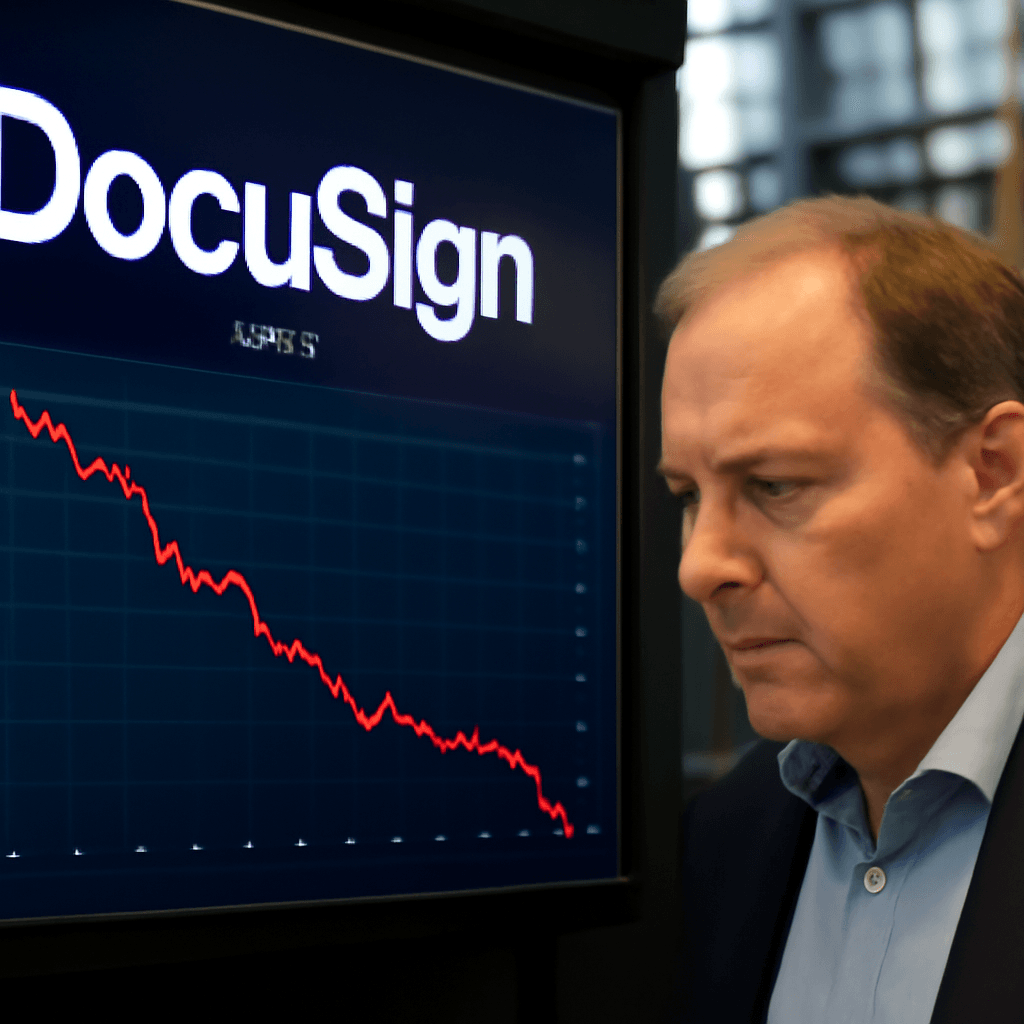Pinterest's Q2 Earnings: Revenue Soars, But Shares Slip Over Earnings Miss
On Thursday, Pinterest reported its second-quarter earnings, showcasing a compelling 17% year-over-year revenue growth, yet the social media giant saw its shares tumble more than 10% following a slight miss on earnings per share (EPS).
Breaking Down the Numbers
- Revenue: Pinterest pulled in $998 million during Q2, surpassing analyst expectations of $975 million.
- Earnings Per Share: Adjusted EPS came in at $0.33, just shy of the anticipated $0.35.
- Net Income: The company reported $38.76 million, a significant increase from $8.9 million a year prior.
Despite the EPS miss, Pinterest's user base continues to expand, hitting 578 million global monthly active users (MAUs) in Q2, slightly above the 574.5 million expected by analysts. This growth represents a continued upward trajectory from 570 million MAUs reported in Q1 2025.
Looking Ahead: Q3 Projections and Market Sentiment
Pinterest has provided encouraging guidance, forecasting Q3 revenue between $1.033 billion and $1.053 billion, outpacing analyst projections of approximately $1.025 billion. Adjusted EBITDA clocked in at $251 million for Q2, again topping estimates of $233 million.
CEO Bill Ready expressed pride in these results, highlighting Pinterest's momentum and the demographic shift, noting, "We're also excited that Gen Z now accounts for over half of our user base," underscoring the platform's growing appeal among younger audiences.
Advertisers' Unease Amid Tariffs and Market Uncertainty
However, CFO Julia Donnelly provided a tempered view during the earnings call, pointing to persistent advertiser hesitations. She explained that "Asia-based e-commerce retailers have reduced their advertising spend tied to changes in the de minimis exemption," referencing U.S. trade policy adjustments affecting small-value imports. This pullback illustrates how geopolitical and regulatory shifts ripple through digital advertising ecosystems.
Contextualizing Pinterest Within the Social Media Advertising Landscape
While Pinterest posts healthy user growth and revenue gains, the industry reveals a mixed patchwork for social media ad revenues. For instance, Snapchat's recently reported 9% revenue growth fell short relative to peers like Reddit and Meta, which posted 78% and 22% increases respectively in the same period. Snapchat CEO Evan Spiegel attributed some setbacks to operational challenges including a problematic advertising platform update.
The fluctuating advertising spend across platforms highlights broader market uncertainties, intensified by ongoing trade tensions and evolving consumer behavior—and these dynamics inevitably influence company valuations and investor sentiment.
Why Did Shares Drop Despite Revenue Beats?
The stock market tends to react strongly to earnings per share surprises and guidance clarity. Pinterest’s slight miss on EPS, coupled with cautious advertiser sentiment, likely triggered selling pressure, reflecting investor sensitivity to profitability metrics over topline growth in a competitive digital ad space.
Looking Forward: Strategic Challenges and Opportunities
Pinterest's ability to capitalize on its expanding Gen Z audience will be pivotal. As younger consumers increasingly drive digital commerce and brand discovery, platforms that effectively engage this cohort can unlock significant monetization potential. However, navigating increasingly complex international trade policies and advertiser confidence remains a considerable challenge.
These nuances underscore the importance of nuanced corporate strategy blending user growth, ad platform innovation, and global policy adaptation.
Editor's Note
Pinterest’s Q2 2025 earnings reveal a company on a growth trajectory, but one still navigating the choppy waters of market expectations and geopolitical uncertainty. The mixed investor reaction signals a broader truth in tech investments: growth is crucial, but sustainable profitability and clear advertisement demand signals are just as vital. As Pinterest grows its Gen Z following, watch closely how it balances its creative platform identity with evolving advertiser needs amid global trade shifts.











